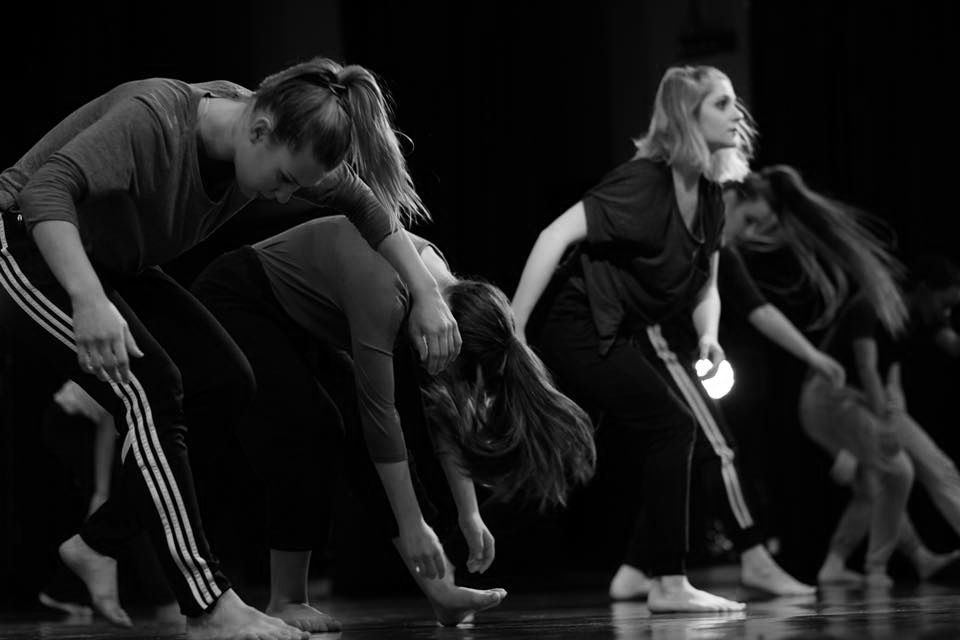
Journal of Dance Medicine and Science
JDMS
This journal is an excellent source of scholarly research and information for the dance medicine discourse community. There are a number of editions that feature different topics of research, thus covering a wide range of information and issues within the community.
Want to learn more about what this resource says about the dance medicine discourse community? Click here!

Rhetorical Analysis of JDMS Article:"Dancers' perceived and actual knowledge of anatomy"
The structure shows that the dance medicine discourse community involves scientific types of writing by the use of headings, and a methods, results, and conclusion section. These elements create a concise and straight forward article that is easy to follow and navigate. Furthermore, this type of writing structure appeals to fellow scientists or researchers interested in the relationship between injury and knowledge of human anatomy, while also making it accessible to dance educators and students interested in this topic. I myself am a dance student and found this article to be easy to navigate and follow.
The use of experimental evidence and conclusions also indicates that it is a scientific field. One example of direct experimental evidence given in the article is, “However, the subgroup that answered positively to the question of whether they had learned from their injury did score significantly higher on the anatomy quiz (81.7% versus 74.8%, p < 0.001), indicating increased AK” (Kotler 1). The article utilized the results of a survey, describing the demographics, specific percentages, and results of the survey itself to provide hard evidence to draw conclusions from. The use of this type of information shows the importance of hard evidence within the field of study. Following the hard evidence, analysis of the data was also included in the article. Once the analysis of the data was explained, the limitations of the experiment were then noted. This information strongly shows that this is a scientific article based on an experiment. The information and analysis within this writing shows that it’s audience is expected to understand the uses of surveys and the connections between injury and knowledge of human anatomy. Because of the audience expectations the article is geared towards fellow researchers and dancers that understand the information given.
The rhetorical appeals used in this article also hint towards the genre conventions of the dance medicine discourse community. Each of the big three rhetorical appeals (ethos, logos, and pathos) were used in this piece of writing. Ethos is indicated by, “This study was approved by the Institutional Review Board of Northwestern University” (Kotler 1). By naming approval from a large scholarly institution, the author of this article creates a sense of credibility and trustworthiness. Following ethos, logos is shown through the use of information from the survey results to draw logical conclusions about relationships between studied factors and the dancers’ knowledge of the anatomy of the body. Both the emphasis on credibility and logic indicates that the author is writing for a scientific and informed audience. Lastly, pathos is used in the writing, “Prevention of injury is an important topic in dance medicine research as injuries sustained through dancing may have a weighty impact on a dancer's future health” (Kotler 1). The appeal to fear of injury within this article signifies that this field, although scientific, still deals with and appeals to people outside of the scientific field, such as dancers and dance educators. Although the medical dance field must involve research and experiments, it is still dealing with the artform of dance, therefore it must appeal to the emotion of human nature.
Lastly, the sentence structure, lexis, and diction also play roles in indicating the genre conventions of the medical dance discourse community. The sentence structure within this article varies but are all easy to understand and follow. Many conjunctive adverbs such as however, in conclusion, and in addition, are used to make the writing flow together while remaining concise. The language within the article was fairly basic. Although it was basic, it most definitely geared towards dancers and people with medical knowledge, indicating its target audience. Dance terminology such as “revele” (Kotler 1) was used in the article, which is a term not typically known by those who are not familiar with dance. Specific courses that pertain to dance medicine were also mentioned, such as anatomy, kinesiology, and Laban Movement Analysis (Kotler 1). Both anatomy and kinesiology are typically known by those with medical knowledge, while Laban Movement, which is a type of notation of dance movements, is typically unknown to people unless they are involved in the dance field. This language specifically shows that the target audience has knowledge both in the medical and dance fields. I would say the used in this article is effective in conveying its message appropriately within the dance medicine discourse community.